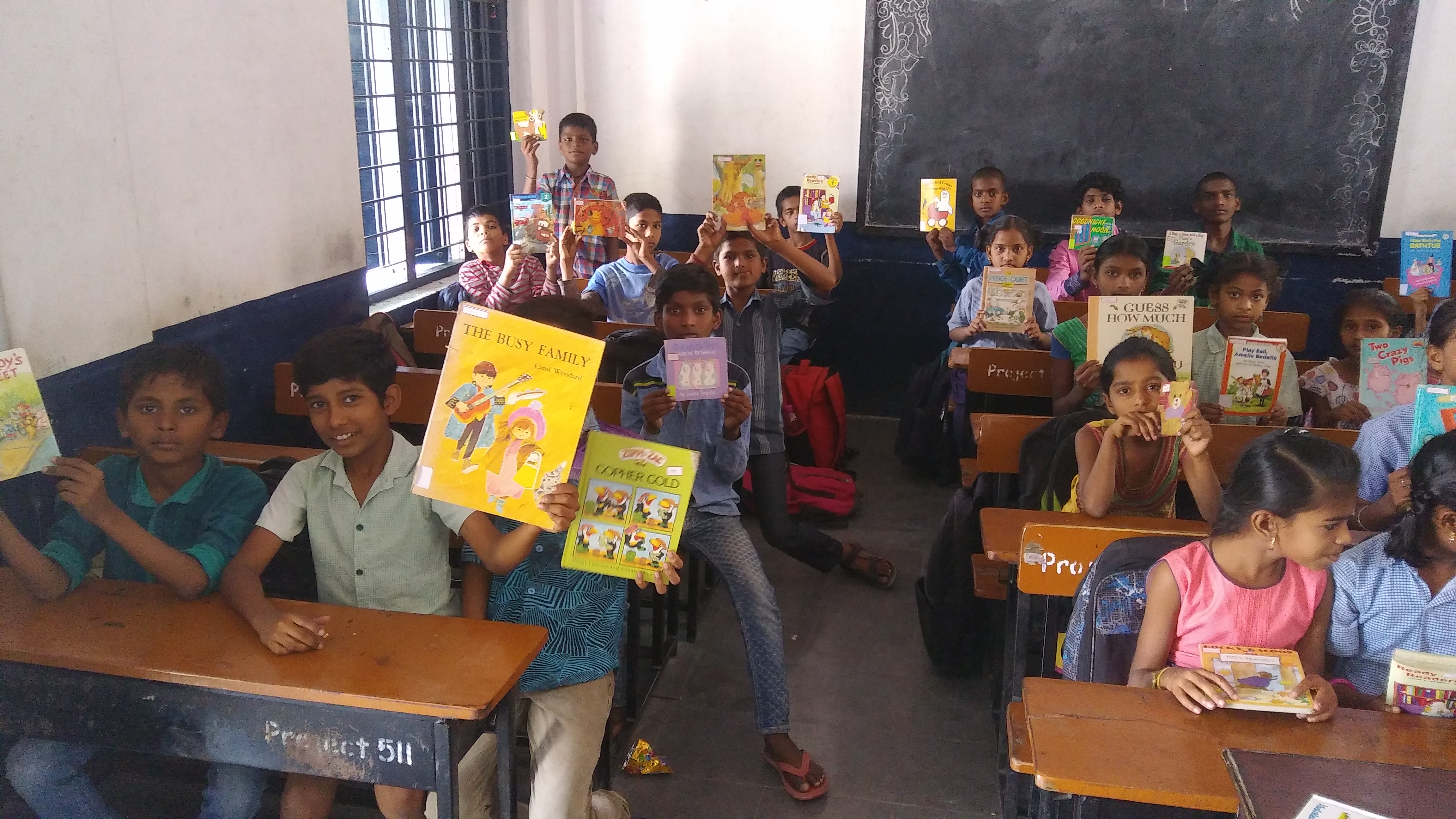The Annual Status of Education Report (ASER) by NGO Pratham released on January 15, 2019, reveals the status of education in our country. They covered about 596 rural districts with 546527 children in a total of 354944 households. all kids aging between 3 to 14.
The report has shown immense improvement in the number of students enrolled in schools across the country.
The seven highlights of the report are:
- According to the report, since the year 2007, the enrollment of children in the age group 6 to 14 years has been above 95%. However, for the first time ever, the number of children not enrolled in schools has gone below 3%. As of 2018, this number stands at 2.8%.
- In 2008, over 20% of the girls aged 15 and 16 years considered for the study were not enrolled in schools. Last year, the number fell down to 13.5%.
- 10.3% girls aged 11 to 14 years were out of school in 2006. In 2018, this number has fallen by a good margin and currently, only 4.1% in a majority of states. Only four states have over 5% of girls in this age group who are not enrolled in schools.
Growing awareness about menstrual hygiene and facilities in schools might have resulted in the encouraging numbers.
- Over 90% of schools in the states of Himachal Pradesh, Haryana, and Maharashtra have a playground either in the school premises or very close to it.
Nationwide, 8 out of 10 schools have this facility.
- 55.8% of the observed primary schools and 71.5% of upper primary schools have some kind of sports equipment. The states of Haryana, Rajasthan, and Kerala showed a high proportion of schools that employ a physical education teacher. This shows a growing trend of importance given to extra-curricular activities in both primary and high schools.
- Currently, at 66.4%, the number of schools with proper toilets for girls has doubled over the last eight years. Similarly, the percentage of schools with a kitchen shed in rural India has increased to 91% this year.
- Rural schools are also showing a trend of inculcating the reading habit in their students. Over the last eight years, 74.2% of schools have made available books that are not textbooks to their students. This number is an increase from the 62.6% seen in 2010 when the Right to Education Act was implemented.
The survey found out that only 27.2% of students studying in Class III students could read texts prescribed for Class II. Apart from reading skills, the numbers for mathematics skills and the availability of physical education teachers were also disappointing.

